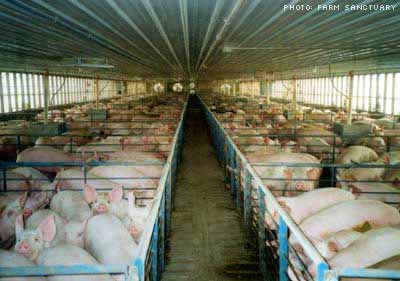Swine flu practice panic


Over 100 otherwise-healthy people have died from the flu so far in Mexico, but no deaths have been reported elsewhere.
The most likely reason is early detection and prompt treatment.
The panic, in other words, is useful in the short run.
The U.S. "health emergency" announced over the weekend will open stockpiles of Tamiflu, an anti-flu drug, and put officials, employers and ordinary people on-guard against flu-like symptoms.
I call this a "practice panic" because it is likely a real pandemic will occur in the next several years, and it's likely that this isn't it. Some are fearful mutations of the current strain will result in something that cannot be cured, however.
Asian countries previously hit hard by bird flu are not waiting for a case to appear and are in full panic mode. Pork imports from North America have been stopped, and every visitor is having his temperature taken as they get off the plane. Those with a fever are forced into hospitals for tests.
What troubles me is that, while we're all ready to go into a healthy panic at the thought of a new flu strain, we're not doing much to prevent such strains from developing.
Everyone knows the annual flu starts in China, where ducks catch bugs in rice paddies and then end up as the family dinner. Raising food animals in conditions of contamination is the fastest way to develop new flu strains.
This particular breed of flu may have started at pork processing facilities in Mexico, according to Grist. Industrial production of farm animals needs much tighter environmental controls than it has.
Food production, in other words, is the source of the flu, of nearly all flu that can become a pandemic. Proper regulation of our animal food sources is the best way to not only stop flu from spreading, but from getting started in the first place.
So why are processors able to evade regulation by crossing borders? Once the panic subsides that might be a good question to ask.
Meanwhile the best advice is to simply wash your hands regularly, control your coughs with a handkerchief, and see a doctor immediately if your fever spikes past 102, with chills, aches and other flu-like symptoms.